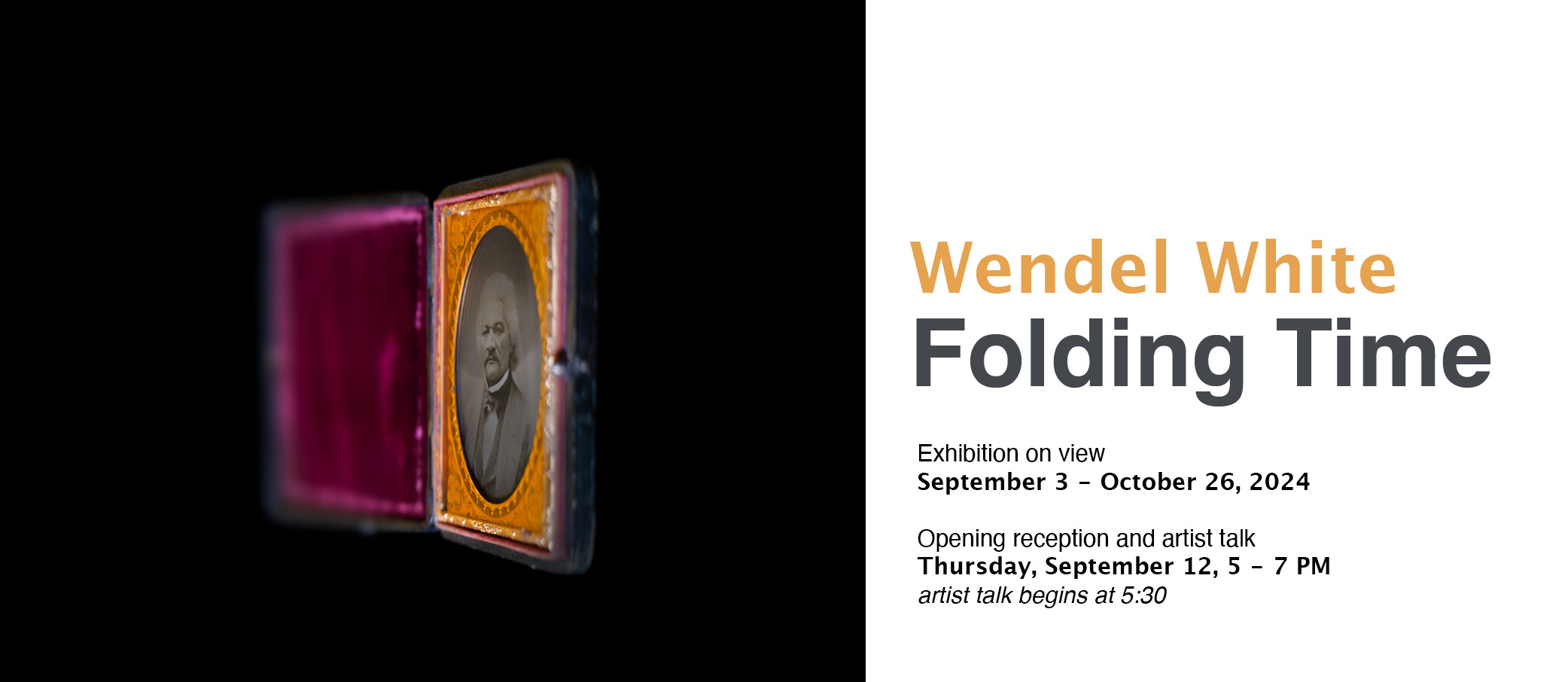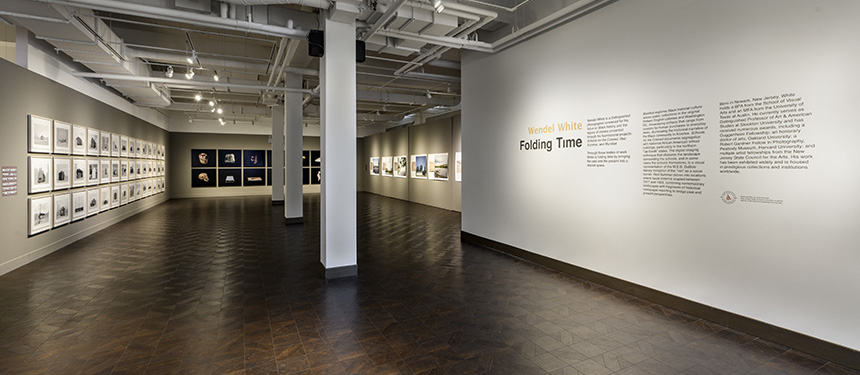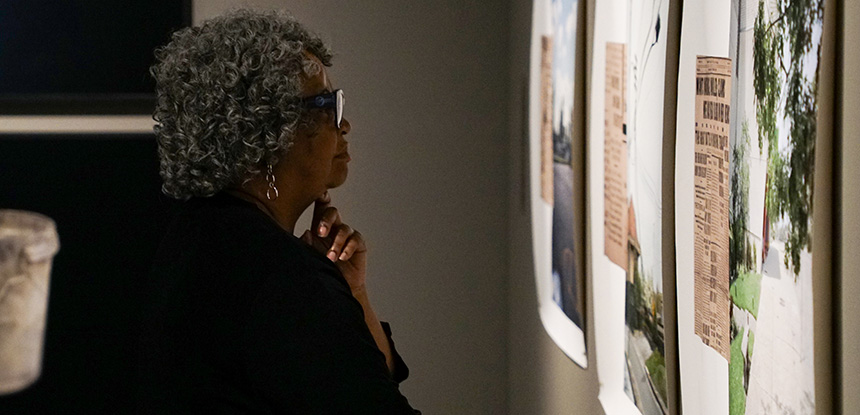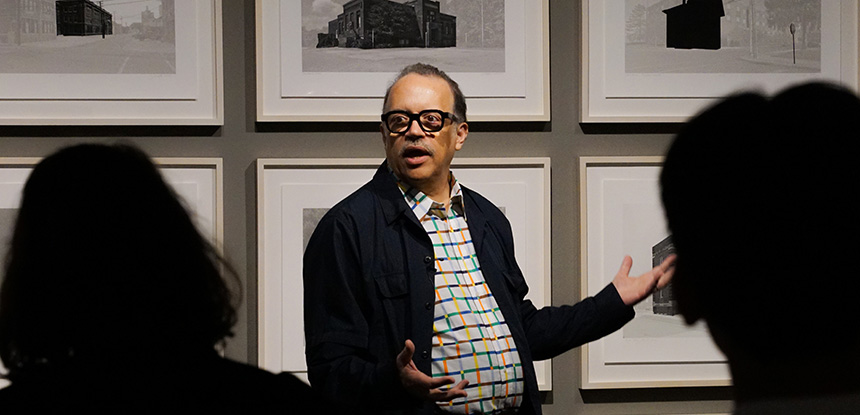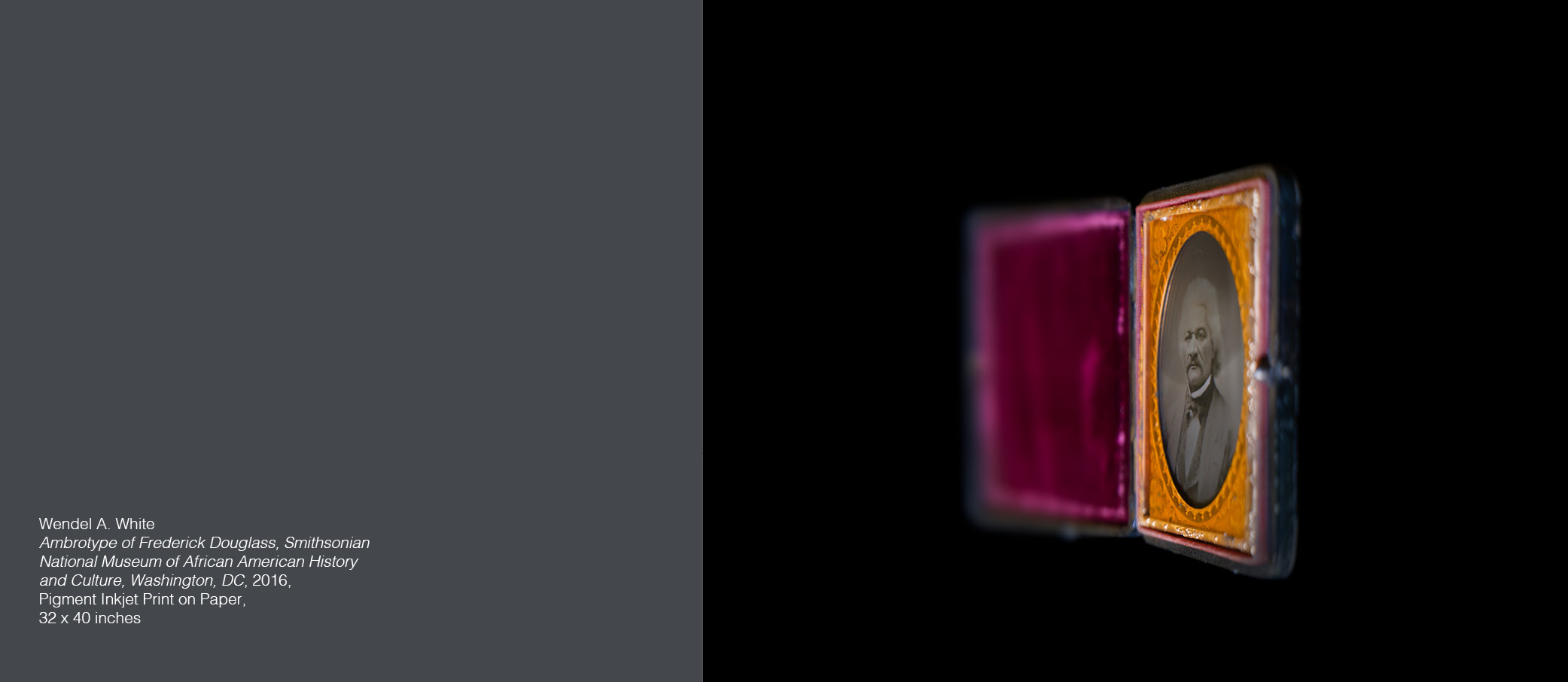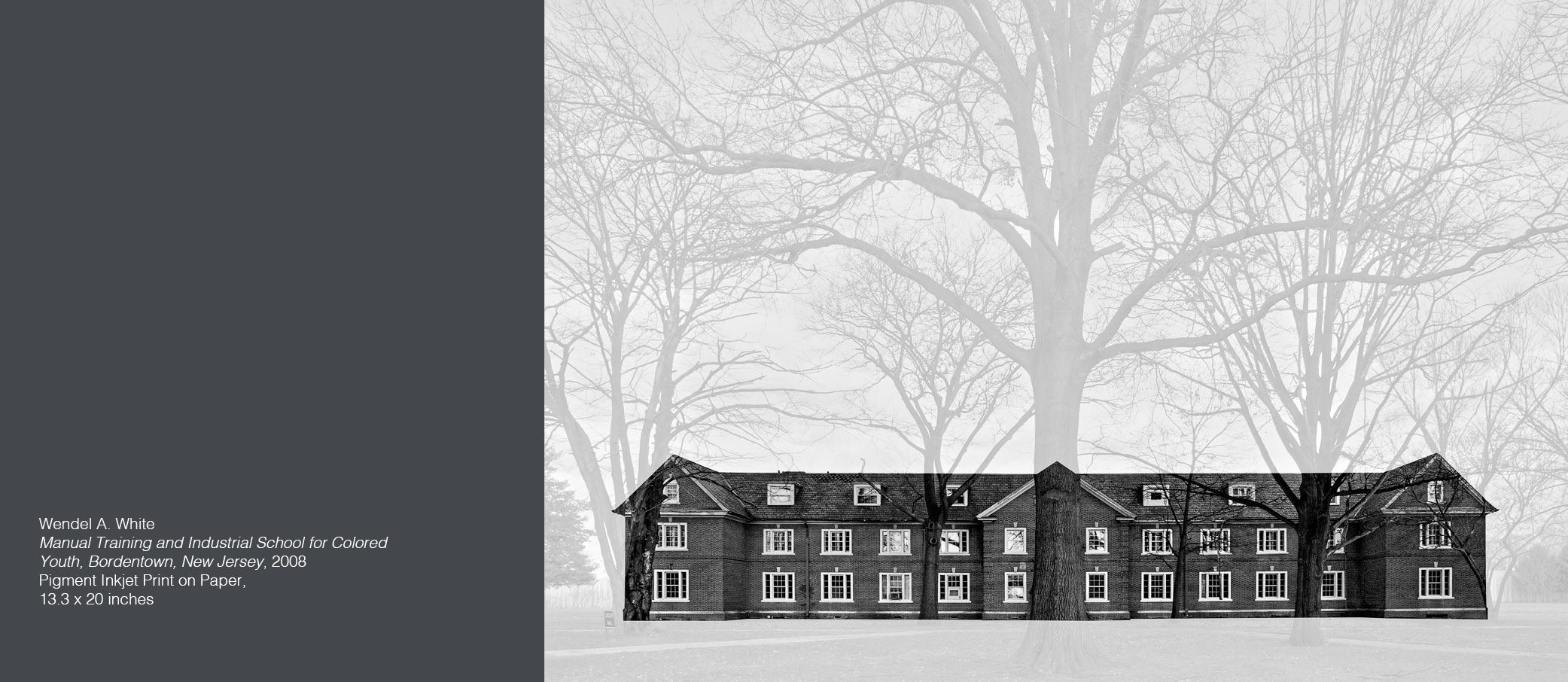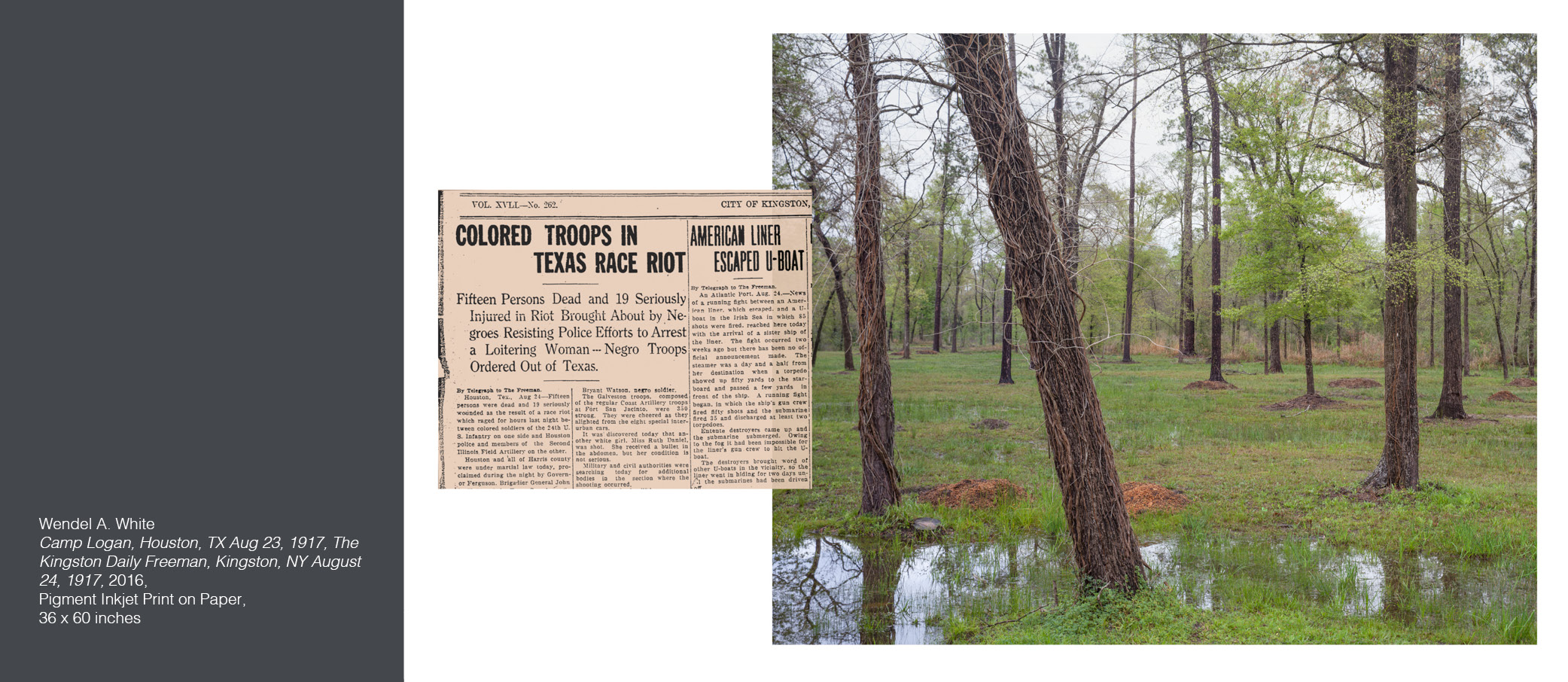Wendel White Folding Time
Wendel White Folding Time
Wendel White Folding Time
September 3 - October 26
301 High Street Gallery
Wendel White is a distinguished photographer who focuses on Black history, the legacy of slavery, and the importance of empowering perspectives. Folding Time features selected photographs from his foundational bodies of work, Schools for the Colored, Red Summer, and Manifest.
Two fall shows use sculpture and photographs to fold past into present, The Philadelphia Inquirer
South Jersey photographer Wendel White's exhibition at Rowan University highlights Black history, 6abc
A Community Affair - Photographer Wendel White, Rowan Radio
“Folding Time” leads RU Art Gallery & Museum’s yearlong celebration of African American art, Rowan Today
Artist talk and reception with Wendel White at Rowan University’s Art Gallery, The Whit
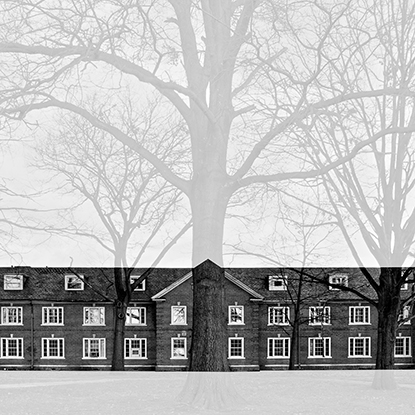
Schools for the Colored series
Schools for the Colored portfolio is a continuation of my journey through the African American landscape. I began making photographs of historically African American school buildings more than twenty-five years ago. In this project I began to pay attention to the many structures and sites (also making photographs of places where buildings once stood) that operated as segregated schools.
The photographs depict the buildings and surrounding landscapes that were associated with the system of racially segregated schools established at the southern boundaries of the northern United States. This area, sometimes referred to as “Up-South,” encompasses the northern “free” states that bordered the slave states. Schools for the Colored is the representation of the duality of racial distinction within American culture. The “veil” (the digital imaging technique of obscuring the landscape surrounding the schools) is a visual representation of the W. E. B. DuBois literary metaphor of the veil as a social barrier. Some of the images depict sites where the original structure is no longer present and, as a placeholder, I have inserted silhouettes of the original building or what I imagine of the appearance of the original building. The remains of the “colored schools” are not simply ghostly apparitions of our segregated past but the unresolved ideologies (neither living nor dead) that still haunt the American landscape. The architecture and geography of America’s educational Apartheid, in the form of a system of “colored schools,” within southern New Jersey, Pennsylvania, Ohio, Indiana, and Illinois is the central concern of this project. -Wendel White
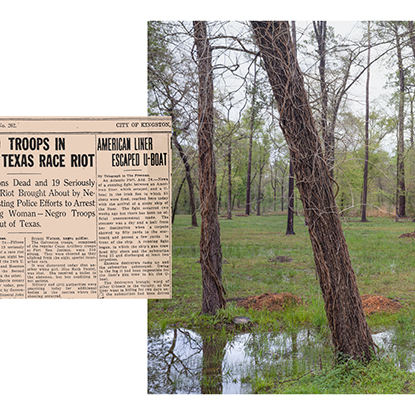
Red Summer series
The Red Summer portfolio represents the stories of various locations in the American landscape where racial violence (often characterized as “Race Wars” at the time) erupted between 1917 and 1923. These years of conflict reveal several aspects of racial anxiety that inform our contemporary experience, including, though not limited to; racism, fear of violent black revolt, lynching, poverty, mass incarceration, and competition for employment. The term “Red Summer” was first used by James Weldon Johnson to describe the violent attacks against black communities during 1919.
Though the events of the early twentieth century seem to be remote and fading apparitions of an American past; my work is concerned with the power and influence of our shared historical narrative upon the present. The upheaval of Red Summer occurred approximately fifty years after the American Civil War, fifty years before the height of the Civil Rights Era, and three centuries after the first enslaved Africans arrived in English colonies that would become the United States.
The project combines photographs of the contemporary landscape made at or near the site of racial conflict with fragmented selections of contemporaneous newspaper reporting (1917-1923). In many cases, the newsprint images include the surrounding stories or advertisements. The combination of the landscape photograph and the reproduction of newspaper fragments (which invade the contemporary with a narrative from the past), is a rupture and a conversation on the timeline between past and present.
The conceptualization of “the veil” as expressed by DuBois, has been a visual metaphor for the representation of race within my work for several decades; particularly in the two projects known as, Schools for the Colored and Red Summer. The newspaper, in its role as a public record, commentary, and historic archive, is a veil of information through which most of the country as well as many in the international community, understood and misunderstood these events. -Wendel White
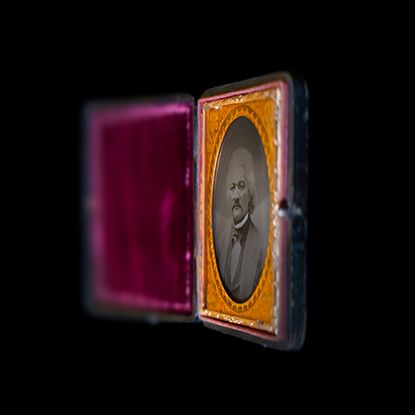
Manifest: Thirteen Colonies series
This ongoing project (Manifest), is of photographs of Black material culture within public collections in the original thirteen English colonies and Washington, DC. These repositories have accumulated collections including, receipts for the purchase of humans, diaries, documents, musical instruments, doors, hair, photographs, souvenirs, and other artifacts—some with great significance and as well as the commonplace, quotidian material from the history of the Black community.
The photographs are a response to the collective physical remnants of the American concept and representation of race. The ability of objects to transcend lives, centuries, and millennia suggests a remarkable mechanism for folding time, bringing the past and the present into a shared space is uniquely suited to artistic exploration. These artifacts are the forensic evidence of Black life and events in the United States. This portfolio has become a reliquary and a survey of the African American narrative, as constructed within public archives. -Wendel White
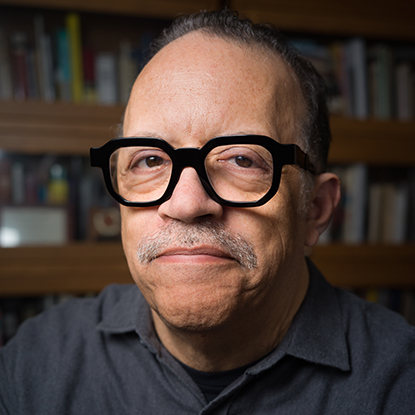
His awards and fellowships include an honorary doctor of arts, Oakland University; Robert Gardner Fellow in Photography, Peabody Museum, Harvard University; Guggenheim Foundation Fellowship in photography; three artist fellowships from the New Jersey State Council for the Arts, and grants from Center Santa Fe, the Graham Foundation for Advanced Studies in the Fine Arts as well as residencies at Monuments Lab, Bemis Center for Contemporary Art and the Arts Council of Princeton.
